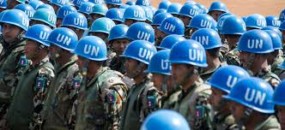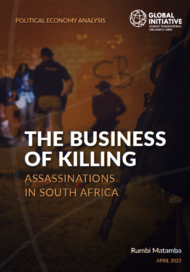Posted on 22 Dec 2011
While there have been many studies and reports on law enforcement agencies’ involvement in the drug trade in Central Asia as well as on general issues of corruption amongst the police, such analyses of the ties between government structures and the illegal narcotics trade are o en very generalized and do little to reveal the functioning and mechanisms of the narcotics market in Tajikistan and neighboring countries. Furthermore, while interactions between members of the law enforcement community, the barygy (the local slang word for petty drug dealers) and individual drug users form the lynchpin of the drug market as it exists on the street level in Tajikistan and other Central Asian countries, the upperworld-underworld dynamics cannot be fully explained by the competitive nature of their relationships. As this study suggests, “although in some Central Asian countries law enforcement agents may now control a substantial proportion of retail illicit drug trade, they o en seem to be willing to co-opt the underworld networks by allowing low-level dealers to engage in this ‘unsavoury’ business in exchange for handsome ‘patronage’ fees and information on drug users, whom they can target in order to extort more money or to ful l arrest quotas.



